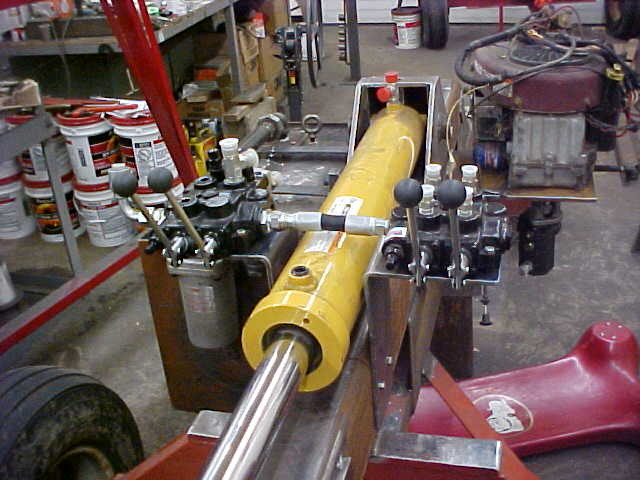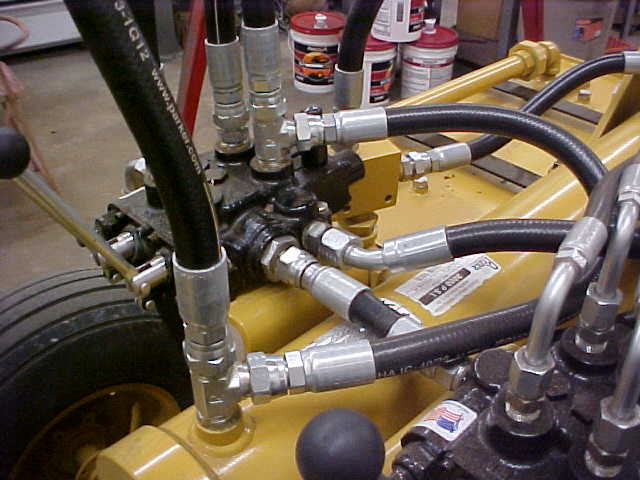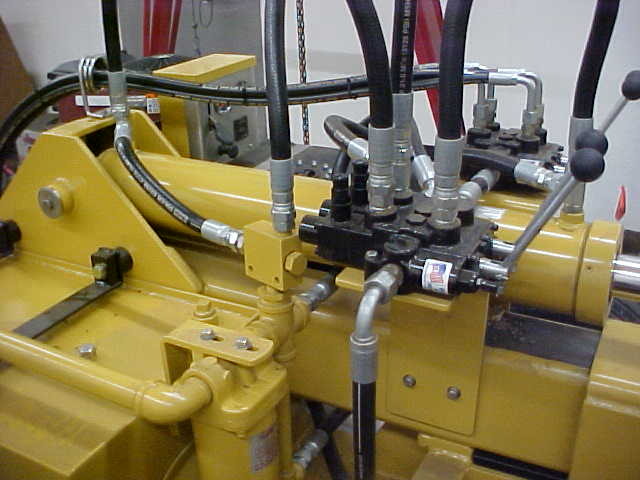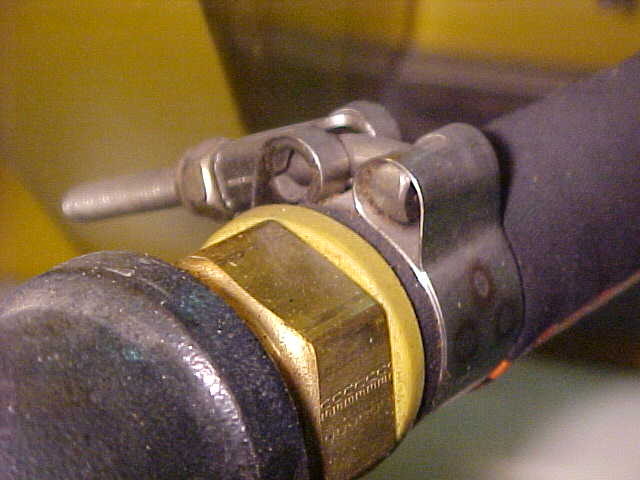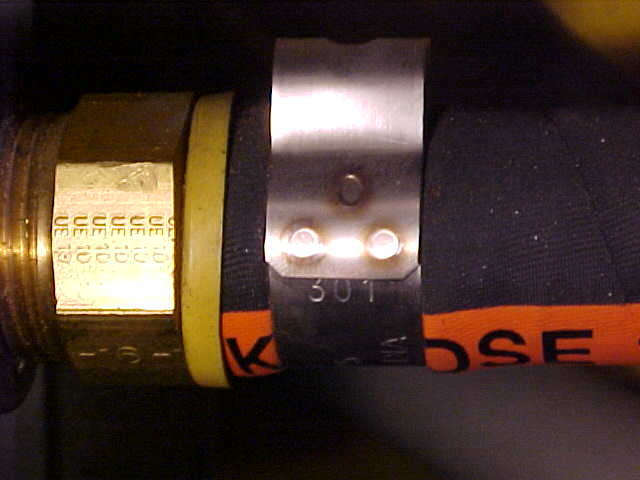cstamm81
ArboristSite Member
I picked up a burly home made splitter a few weeks ago off of craigslist. It has a 16 HP Onan, looks to be a 5" ram, old school single stage pump and the rest of the hydraulic system is antiquated as well. The guy who made it was a pro welder, and everything is real heavy duty with grease zerks everywhere. I got the engine running and test split a few pieces, very slow speed and the ram stalls fairly easy. Popped a gauge on the system and the rams stalls at only 1000 psi. There are no adjustments on the pump or the valve.
I already have a 22GPM Haldex pump, so my thoughts are to put it to use. I need to replace the hydraulics to utilize the pump. I know I need a 22 gallon or bigger reservoir, and all components should be rated to flow at least 22gpm. Where I get confused is here: the pump has a 1" NPT outlet. How much do I lose using a 1" line then reducing to 3/4" at the valve? It seems the biggest splitter valves have 3/4" ins/outs and work ports. Then, my cylinder only has 1/2" NPT fittings (I believe they are NPT), so that would be a further reduction in flow.
What is the best setup to use for fittings, valve, cylinder? How do commercially made splitters that use 22gpm pumps do the plumbing? I want to have a really fast cycle speed, I have even thought of going with a 4" cylinder to reduce cycle time. I will try to post some pics of the beast soon. Any and all help is appreciated.
I already have a 22GPM Haldex pump, so my thoughts are to put it to use. I need to replace the hydraulics to utilize the pump. I know I need a 22 gallon or bigger reservoir, and all components should be rated to flow at least 22gpm. Where I get confused is here: the pump has a 1" NPT outlet. How much do I lose using a 1" line then reducing to 3/4" at the valve? It seems the biggest splitter valves have 3/4" ins/outs and work ports. Then, my cylinder only has 1/2" NPT fittings (I believe they are NPT), so that would be a further reduction in flow.
What is the best setup to use for fittings, valve, cylinder? How do commercially made splitters that use 22gpm pumps do the plumbing? I want to have a really fast cycle speed, I have even thought of going with a 4" cylinder to reduce cycle time. I will try to post some pics of the beast soon. Any and all help is appreciated.





